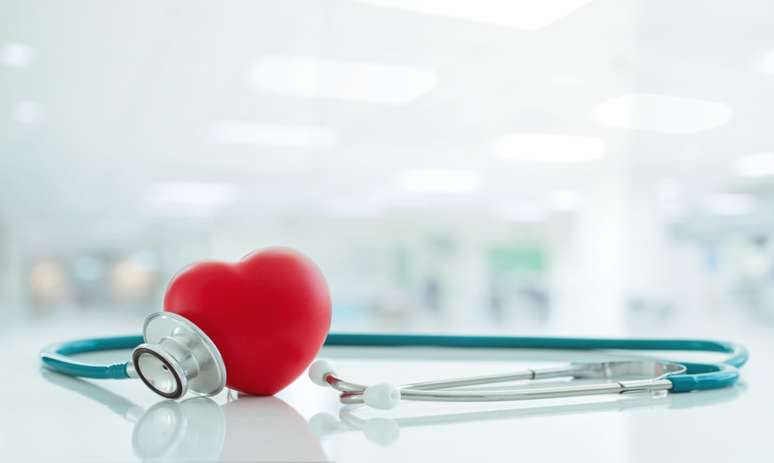Understand how the heart keeps your pace and when the pacemaker becomes necessary so that the individual continues his life with well -being
TO cardiac arrhythmiasThe changes that compromise the normal rhythm of the heart, are responsible for over 300,000 deaths per year in Brazil. According to dr. Alexsandro Fagundes, cardiologist and president of the Brazilian company of cardiac arrhythmias (Sobrac), occur when the electrical impulses that control the beats do not work correctly, causing the beat more slowly, faster or irregular.
“The heart can beat more slowly (bradycardia), faster (tachycardia) or irregular, as in atrial fibrillation”, explains the expert.
Slow heart: understand bradycardia
A healthy heart affects 60 and 100 times per minute and pumps about 5 liters of blood. When the frequency drops below 60 beats, Bradycardia is configured. In well conditioned athletes, this can only be a natural adaptation. But in the elderly, sedentary people or a history of heart disease, they can indicate a failure in the electrical system of the heart.
Symptoms include lack of breath, dizziness, excessive tiredness, chest pain, fainting and even mental confusion caused by a reduction in the supply of oxygen and nutrients to the body. The causes vary: aging of the natural heart, sequence of heart attacks or myocarditis, hormonal changes (such as hypothyroidism), electrolyte imbalances and even effects of medicines such as beta -bloccanti.
Accelerated heart: tachycardia
When the heart goes beyond 100 beats per minute at rest, tachycardia occurs. It can be triggered by stress, hypertension, alcohol consumption, tobacco or stimulating drugs, but also by heart disease and congenital defects.
The diagnosis is carried out through tests such as electrocardiogram, holter and electrophysiological tests. The treatment goes from simple measures and medicines to electrical cardioversion, the ablation of the catheter or the pacemaker and defibrillator system.
Atrial fibrillation: the most common arrhythmia
Atrial fibrillation (FA) is the most frequent arrhythmia, which affects about 33 million people worldwide and up to 5 million in Brazil. It quickly beat the heart and disorganized, reducing the efficiency of blood circulation.
Treatment can include drugs to control the rhythm and prevent clots, electrical cardioversion and procedures such as the ablation of the catheter, which cauterizes the cells responsible for arrhythmia.
Parent brand: how it acts
In the case of important faults in the electrical system of the heart, as pauses above 3 seconds, the pacemaker may be necessary to maintain the rhythm correct. This small electronic device, implanted under the skin, sends electrical impulses that correct the rhythm, guaranteeing regular beats.
In case of severe bradycardia, the pacemaker acts as a substitute for the synotrial node, the “natural pacemaker” of the heart. Already in some persistent atrial tachycard and fibrillations, it can be associated with internal defibrillators to immediately correct dangerous arrhythmias.
Prevention: the safest path
Although age and genetics increase risk, healthy habits are fundamental. Dr. Alexsandro recommends: maintaining a balanced diet, exercise, blood pressure control, diabetes and cholesterol, not smoking, moderating alcohol consumption and taking care of mental health.
Following with a cardiologist is essential, especially for those with a family history of heart disease. Early diagnosis can avoid serious complications and, if necessary, the pacemaker can return the quality of life and safety to those who suffer from arrhythmias.
Source: Terra
Ben Stock is a lifestyle journalist and author at Gossipify. He writes about topics such as health, wellness, travel, food and home decor. He provides practical advice and inspiration to improve well-being, keeps readers up to date with latest lifestyle news and trends, known for his engaging writing style, in-depth analysis and unique perspectives.









